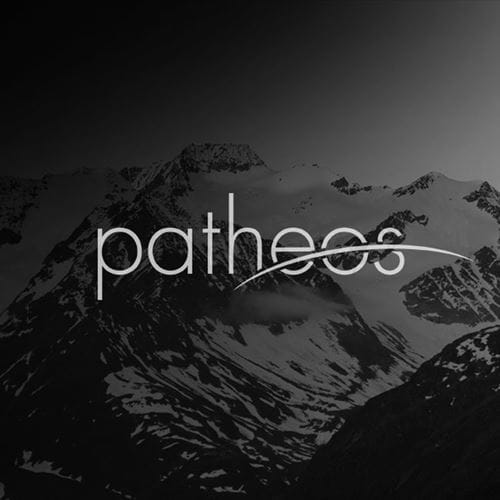- Trending:
- Pope Leo Xiv
- |
- Israel
- |
- Trump
- |
- Social Justice
- |
- Peace
- |
- Love

RELIGION LIBRARY
Sikhism
Sacred Texts
Written by: Rahuldeep Singh Gill
Sikh religious, ethical, and ceremonial life revolves around the text and presence of the Guru Granth Sahib (GG). It is the source of Sikhs' daily prayers and congregational singing. Seekers find guidance by opening its pages at random and reading its contents. Space is sanctified with its presence and it is given the reverence and authority of the Guru because the Guru Granth Sahib contains the teachings of the Gurus.
The script in which the Gurus composed, and in which the Guru Granth Sahib is inscribed today, is a distinctively Sikh script called Gurmukhi, "script of the Gurmukhs" (Gurmukh is another word for a pious Sikh.). The script is distinct from the Devanagari used for Indic writings, and the Persio-Arabic script. It was used by Guru Nanak himself and refined over time. Sikhs revere the script itself as sacred, and use it for mundane purposes.
Today, all copies of the Guru Granth Sahib comprise 1430 pages, and a special, sanctioned institution oversees their printing. The texts themselves are available on different sizes of paper, but all are identical in their contents. These contents are divided into three main sections: liturgical prayers, the main body in which hymns are split up according to the rag system of Indian music, and a concluding section of miscellaneous compositions. Six of the ten Gurus' compositions are included in the text, and form the vast majority its contents. Compositions from four important Sikhs are inserted after the writings of the Gurus, followed by eleven panegyrics from the Gurus' courts. Finally, over a dozen non-Sikh poet saints were selected to be included in the Sikh text. These poet-saints come from a variety of caste and religious backgrounds, and their inclusion provides a sense of honor for Sikhs who consider their holy book the world's only "interfaith scripture."
Several sources indicate that Guru Nanak carried a book of his own compositions with him on his travels. This book was then passed on to Guru Angad as part of the succession ceremony, and the second Guru was expected to add his own compositions alongside that of the founder. After Guru Amardas inherited the office of Guru, he had four volumes of the emerging Sikh scripture compiled by professional scribes, and bound in cowhide (two of these are still extant). The fifth Guru, Guru Arjan, compiled a landmark manuscript of the text and included his own compositions in it, as well as those of this father, Guru Ram Das. The sixth, seventh, and eighth Gurus did not add compositions into the text, but the ninth Guru did.
Unlike hadith in Muslim tradition, there is no comparable second tier of canonical texts in Sikh tradition. There is another book that is said to contain compositions of the tenth Guru, Guru Gobind Singh, and his court poets. This text is called the Dasam Granth ("book of the tenth master") but does not enjoy the same authority as the Guru Granth Sahib for the mainstream Sikh community. Bhai Gurdas, a 17th-century Sikh scholar, wrote about early Sikh life and scripture, and his works would be the next most important texts in Sikh life. Janam Sakhis ("life-stories" about the Gurus and their journeys) imagine the context of how the Word came to Guru Nanak, and almost always discuss the revelation in terms of the Guru's companion striking a tune and the Guru singing the descending scripture.
Every day, wherever there is an enshrined copy of the Guru Granth Sahib, a reading is done from it at random. The hymn that is read (vaak) is considered to be the Guru's command (hukam) for the congregation for that day. Sikh houses of worship, or Gurdwaras, will often post the hymn for that day on a bulletin board at the entrance. In this internet age, any Sikh with a computer can access his or her own personal random reading from the Guru Granth Sahib. Also, the hukam from the central Sikh Gurdwara in Amritsar is broadcast and downloadable, providing the collective global Sikh community one common hymn to reflect on in their day.
The contents of the Guru Granth Sahib have been translated into several languages and are also available online. As the Sikh community has become increasingly global, and Sikhs have grown accustomed to conducting their day-to-day affairs in global languages, the community will need to address a variety of issues related to their scriptures, particularly the validity of translations and the next generation's learning of gurmukhi.
Study Questions:
1. Describe the contents of the Guru Granth Sahib.
2. What role does daily reading of the Guru Granth Sahib play in Sikh life?
3. What are some of the contemporary questions raised about the role of scripture in Sikh life?










